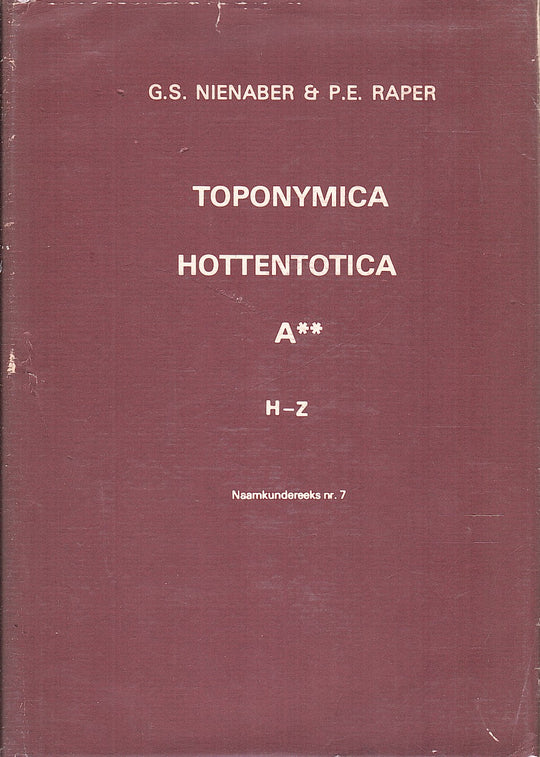Teiqua
This is known as the only location for this name. Outgoing of the given meaning, we can connect the member to what today in Nama lazy-s = 'day' (or perhaps with ǀǀ Ae-B = 'time'), and ǀǀ gae = 'chew', too ǀǀ Gai, with the member qua. It also wants something like 'day (or time) for chew'. But it's uncertain. An objection is that QUA in Old-Cape is a word for 'day' (Hott 240), related to 'dawn', at Tindall ǀǀ Kua for our 'Lumier' or 'light', in Nama ǀǀ Goa -s, and in the case, the member is the term for 'chew', but it does not fit well with the words for 'eating' in Old Cape (Hott 260). What does fit well is the member, eg. Namaǃ Kei = cold, cold (Rest 1960 DNW 34), with the T- for the sucking consonant plus k-. It is still highly unlikely that a Dutch Science in his mother tongue will play the term 'chew (d)' as 'Kaauw', but in all other respects, tei-qua can be reconciled with 'cold day' if we also go out of Old Cape . The grade square is that of the Gamtoos River where it runs into the sea.




